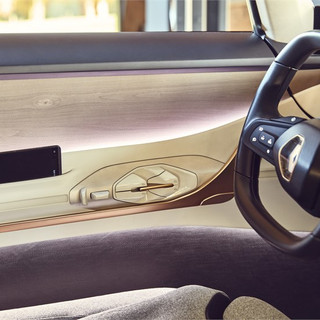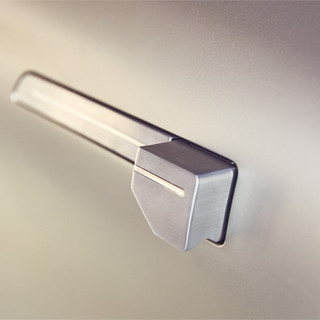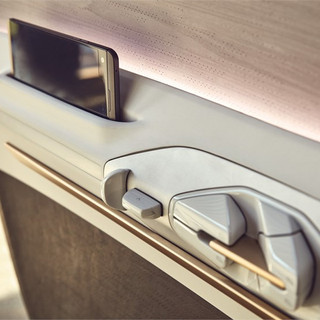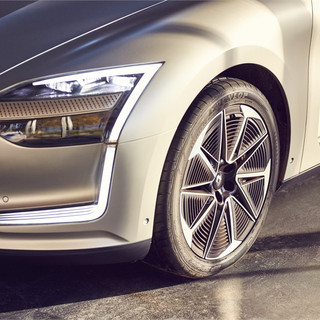Renault SYMBIOZ: Autonomous, Electric & Connected
- AC

- Sep 26, 2018
- 2 min read
Updated: Sep 27, 2018
| A + T |

In a landscape of experiments led by Alphabet Inc. Waymo and General Motors Co. Bolt, the SYMBIOZ is Renault’s take on tackling the technical challenges of self-driving, showing regulators autonomous vehicles are safe. As technology advances, gaining consumer trust will be key to when robot-vehicles are used for more than just a test drive.
Renault projects it will sell vehicles with fully autonomous features by 2022 with its Japanese partners Nissan Motor Co. and Mitsubishi Motors Corp., is among manufacturers catching up to Silicon Valley in building self-driving vehicles.
Mathieu Lips, director of the SYMBIOZ project expressed: “Every carmaker is working on autonomous vehicles, usually people shove a bunch of equipment into the trunk of an existing car for engineers to test things, and show consumers a separate static mock-up at a motor show. We’re bringing those two things together.”
Renault’s car is one of the more elaborate. It’s fairly large, measuring 6 feet wide (1.8 meters) and 16 feet long. It has a front and back electric motor, and a flat battery under the passengers’ feet. While the car appears futuristic, its 36 sensors are hidden in the body to avoid a robotic look.
The vehicle ranks at Level 4 on the autonomy scale, 1 referring to basic driver-assistance features that already exist in most new cars, and 5 not needing the human driver to intervene even in the most extreme environments. However, Level 4 still requires the driver to switch the car to an autonomous mode.
Speed is one thing that helps the SYMBIOZ experiment stand out. Slow and overly cautious driving is what came out from Bolt’s test drive last year, and another robot shuttle in Paris’ business district.

The French car-maker is well determined in making passengers feel relaxed by incorporating lights, smells, sounds, a seat that hugs the driver; even hiring a music composer and a perfumer to think about soothing sounds and smells. The designers even created an AR-enabled HUD dashboard showcasing what the car’s AI computer is analyzing or "thinking", including anticipating neighboring vehicles’ distance, movements and speed.
Renault is betting that passengers will be relaxed in its autonomous cars. Last December, it acquired a stake in media French company Challenges Group, to explore on-board entertainment. During a drive it will allow passengers put on a virtual reality headset to take them off roads and fly through the skies or cross tunnels in futuristic cities.
While Renault doesn’t disclose the total cost of the project, an estimate of labor expenses alone for 80 engineers and designers full-time over more than 24 months adds up to at least $20 million, assuming an average engineer cost of 56K euros (roughly 66K USD), according to a study from the French Engineers Observatory. That’s not counting materials, technology investments and other costs.
It may be a steep bill to invest for feeling relaxed; however, it is the future and a commodity consumers might be willing to invest.
Tags: Autonomous Technology | Tech Trends




























Comments